|
Hello, hello! It's been a HOT minute. Seriously. HOT. I hope you've been able to stay cool. I've been escaping to the beach and pool whenever I can. I've also made it part of my summer morning routine to sit right by the air conditioning vent with a ginormous pile of picture books (and my daughter, and my son, and my two huge dogs) all on my lap. Okay, so it doesn't stay cool for long. But it's snug in the best way. It's no secret that in order to write well, you have to read a lot of books in the genre that you write in. It's also common (and very good) advice that if you are trying to submit new work for publication, then you should be reading new books, so that you are up to date on what the market looks like right now.* So for this post, I'm focusing my examples on books that have published within the last two years (including my newest picture book, SOMETIMES LOVE, which just published this month!) In addition to reading a lot this summer, I've critiqued a lot of picture book manuscripts (which, by the way, is another highly recommended, and stellar way to get better at writing your own manuscripts!). During these critiques, I found myself asking the same questions over and over again. In this post, I'll share some of these questions, and show you some recent picture books that answer these questions exceptionally well, to help you dig deeper into revising your own picture book manuscript. *More on marketability of picture books on this previous blog post. Is this the best title for this story?
How can you create a clearer cause-effect relationship between what the character wants, and what happens as a result of their attempts to reach that goal? 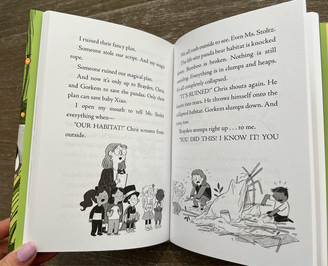 I'm going to use my TEENY HOUDINI chapter books as an example here, again. Because this question was the one I struggled with the most while plotting out each of the books. In order to move your story along in a clear, linear, way, this question needs to be considered. In TEENY HOUDINI: THE GIANT PANDA PLAN, Bessie meets a baby panda and realizes that pandas are in danger. So she crafts a plan to help save them, and rallies her first grade class to do the same. But, as a result, she competes with her classmates to come up with the best plan, and mayhem ensues. At the lowest point, she's the farthest from her goal of saving the pandas, and it's all a result of the trouble she (and her classmates) caused along the way. Your Turn: Can you clearly connect the events in your story? A causes B causes C? Does every scene have the same energy/intrigue and passion as the opening scene? Where do you purposefully change this? For what effect? 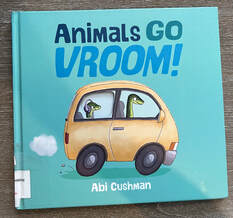 In Abi Cushman's ANIMALS GO VROOM! we immediately are hooked and want to take part in this guessing game. But we're going to be surprised when we turn the page! This pattern continues (all while building and showing a narrative through the art) throughout the entire book. It's the perfect suspenseful set up, and it carries us through the whole way. Your Turn: Are you changing the energy level as you move from one scene to the next? For what effect? Is there something another character could do, or an opportunity that presents, that would really endear to the main character's strengths to show us their growth and/or consistency? 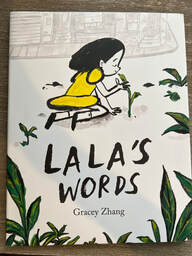 In LALA's WORDS by Gracey Zhang, Lala is, in my opinion, perfect. She doesn't need to change (but the grown up around her does!), so she doesn't. Instead, we get a really satisfying moment(s) in the story where there is change. And, it reinforces Lala's behavior, her strengths, and the fact that she is perfect just as she is. You'll have to get the book to see for yourself. (This one also has one of the best under the jacket cover reveals. I love it so much!) Your Turn: Is there such a moment in your story? Or does your character do the changing? (Why?) Note: one answer is not better than the other. But one answer might suit the story you are trying to tell better. Is there a refrain that might serve this story well? 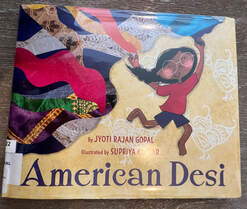 c: Jyoti Rajan Gopal and Supriya Kelkar, AMERICAN DESI, Little Brown Young Readers, 2022 c: Jyoti Rajan Gopal and Supriya Kelkar, AMERICAN DESI, Little Brown Young Readers, 2022 In Jyoti Rajan Gopal's AMERICAN DESI, illustrated by Supriya Kelkar, the main character asks a question, "Which is the color of me?" Throughout the story, she explores this question beautifully. Not all stories need a refrain. But, when a story has one that works so well to carry the movement forward, and remind us of the character's struggle/goal, it's so lovely. Look at how beautiful this book is, too! Your Turn: Would your story be enhanced with a refrain? Where are the places where you make us have to flip feverishly to find out what happens next? In Matthew Forsythe's MINA, he does this immediately! The opening spread introduces us to Mina's lovable character, then leaves us hanging. "Mina lived in her own little world where nothing every bothered her. Except for one thing." We need to know, so we turn the page. And then...and then... he makes us wait five more page turns before he lets us know "the one thing." During those five page turns, we are introduced to dad, made to laugh, and the tension from that initial suspense builds and builds until we reach a very satisfying, and yet more suspenseful answer. This book--every part of it, is masterful. Your Turn: How are you keeping us on our toes? Where are you leaving us in suspense? What could go wrong for this character? What's the worst thing that could happen? 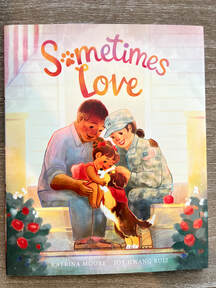 Such a cruel thing to do! Torture your main character? Why would we do that?! Well, because we want our books to reflect the lives of our readers. And sad/bad/terrible things happen to all of us. How can we show them that they are not alone? How can we bring them on a journey with our character? How can we bring the story to a close with a truly satisfying ending? In SOMETIMES LOVE, by me and Joy Hwang Ruiz, our main character has to say goodbye to her dog. It's devastating. But this terribly sad, lingered upon moment, does lead to a very happy ending (and, in fact, it's the ending I wish I could have given myself in real life! That's the power of our stories. We *do* get to write the ending). Your turn: Are you raising the stakes for your character? Are you making it terrible enough for them? Are you delivering a satisfying and surprising ending? Where can you switch it up on purpose? Can you give us a response we don't expect, and also break from an established pattern in a way that is really humorous? Scott Rothman does this expertly in ATTACK OF THE UNDERWEAR DRAGON, illustrated by Pete Oswald. He gives us three logical examples, followed by one that is unexpected, silly, and funny! "Cole had a lot ot learn. He learned how to sharpen Sir Percival's swords...spears...battle-axes...and knight pencils." It also makes us wonder, what does Sir Percival need all those knight pencils for? What are knight pencils? It's intriguing, but not distracting. Your turn: Where are you switching things up in your manuscript? Is there a way you can make this more surprising? 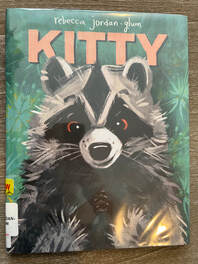 Are you starting to sense a theme here? Surprises in the story hold our attention or re-engage us. Take a look at Rebecca Jordan-Glum's spread in KITTY to see how she does this. The text reads "so she grabbed the cat food and coaxed it back inside." This should give us relief. Whew. All is as it should be. Except that it's not! We see in the art that kitty has actually dashed outside, and a raccoon has come inside. Only Granny doesn't have her glasses on, so she can't tell that the wrong critter is in the house. Oh goodness. When I read this page to my six year old, his eyes grew huge. He covered his mouth to stifle a laugh, because he knew something that the main character did not. It was surprising, and so, so funny! And the start of major mayhem! Your turn: Where can you surprise us in your manuscript? What take away do you hope to leave the reader with? 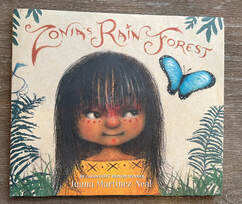 Not all picture books need a message to impart! In fact, I would say that some of my favorite picture books do not have a strong, overt message. Rather, they leave me with a feeling, a wonder, a connection, a feeling of satisfaction. (I dive more deeply into satisfying endings here). So, then, if you're not hitting the reader over the head with a message, then what are you leaving them with? In Juana Martinez-Neal 's glorious book, ZONIA'S RAIN FOREST, we are introduced to Zonia, who we immediately love, her family, and her home, the rain forest. The rain forest calls to Zonia and we follow her as she ventures through it. By the end, we love her rain forest as much as she does. And so the last line of this manuscript is one that we feel. It's a call to action. It's powerful. Your turn: What's your last line? Is it delivering to your reader what you hope that it will? Overall, these questions have to do with intent and purpose. Why are you making this choice? What can you do on purpose to create the effect you want? What is it that you're really trying to do here? (By the way, these are also the same questions I end up asking myself while revising my picture book manuscripts). I hope this list of questions, as well as my Picture Book Revision Checklist, is helpful to you as you revise. **If you want the complete list of DIGGING DEEPER INTO PICTURE BOOK REVISION QUESTION, then make sure you're signed up for my (free) Writing Blog! I've sent/am sending the list to all Blog subscribers.** Do you have other questions you ask your manuscript/yourself often? What tried and true ways do you use to you improve your story when you know it needs something but feel stuck? Share in the comments below! Happy Writing! -Katrina ✨ P.S. *For those inquiring about manuscript critiques and editorial services, I offer a very limited amount, due to a full schedule. If interested, please use the form on my contact me page to reach out about availability and more.*  Katrina Moore writes in New Jersey. She holds a M.A. in Teaching and has been an elementary teacher for thirteen years. Her mission is to create books that children will hug for ages. She is the author of the picture books, SOMETIMES LOVE, a powerful and poetic exploration of love---from giving, to growing, to sometimes letting go, illustrated by Joy Hwang Ruiz (Penguin/Dial, Summer 2022), ONE HUG, illustrated by Julia Woolf (HarperCollins/Tegen Books, Dec. 2019), GRANDPA GRUMPS, illustrated by Xindi Yan, its forthcoming sequel, GRUMPY NEW YEAR (Little Bee Books, Dec. 13, 2022), the forthcoming HOPE IS A HOP illustrated by Melissa Iwai (Penguin/Dial, March, 2023), and more to come. Her humorous chapter books series, TEENY HOUDINI, illustrated by Zoe Si, star the magical, mischievous, mayhem-maker Bessie Lee. Books 1, 2, and 3 are all available now (HarperCollins/Tegen Books). When she is not writing or teaching, she is cooking without a recipe, painting outside the lines, or snuggling up with her two kids, husband, pups, and of course, a cozy book. Connect with her on twitter @kmoorebooks or at www.katrinamoorebooks.com.
5 Comments
Wow, it’s November. I’m not sure how that’s possible. On one hand, it still feels like 2020, and on the other, I could fill encyclopedias with how much has happened each month, day, and moment of this year. It’s been wonderfully busy—full of ups and downs, and all very dizzying. But...I’m finally readying myself to work on a big writing project that I set a goal to complete . . . LAST OCTOBER. Sigh. Was that a sigh and nod from you, too? Oh, good! I’m not alone. This, I know. In fact, if there’s one common thread among *everyone* these days, it’s probably that we need to give ourselves a little, or a lot, of grace. It’s okay. It’s okay. I keep reminding myself of this. Because in this time that I have not written THIS THING, I did write a handful of new somethings. Some of which are becoming books! Some of which are out *there* finding the perfect champion. Some of which were scribbles and scrabbles . . . and maybe, some day, something more. But now, it’s November. That’s two months before the new year. Next year is going to be busy-in-the-best-way for me. I have five books releasing in 2022—the three TEENY HOUDINI chapter books, and picture books, SOMETIMES LOVE, and GRUMPY NEW YEAR!!! So . . . I am setting a *new goal* for myself to start and finish THIS THING before the end of the year. (unofficially like the NaNoWriMo challenge, but I'm giving myself two months!) When I’m drafting, I purposefully do not read any books in the same genre/vein of what I am writing. I don’t want any voice except my own coming into the story. However, I *do* do some work beforehand to infuse myself with books that I love. Books that I’ve fallen head over heels for, whose essence I want to become infused into part of my subconscious so that it guides my writing in an intentional way. I make a point to choose a variety of books, from various authors, to study. What is it I’m studying? I’m seeking a tangible way to answer, What Makes Me Fall For A Book? And, after much research, it comes down to this: The author’s voice. What is a literary voice?! There are a lot of fancy and official definitions and resources to explain it*. To me, an author’s voice is their individual personality coming through their words. It’s distinct, palpable, feels alive, and yet, through their different stories, feels consistent. It’s the way *only they* can tell that story. It’s both full of them, and yet, fully open to become the reader’s story, too. Here are some notes for myself (and now, for you, too!) that I’ve taken from studying some of my favorite authors’ books: 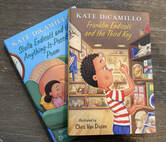 Author: Kate DiCamillo What Captivates Me: characters are memorable, full of warmth and hope How? Use very specific, unique, quirky details Example: “Frank thought how mysterious the world was, how unexplainable and sometimes frightening. But to sit in the kitchen and read to someone he loved and to push back the darkness with a story—that was a wonderful thing.” - pg. 88, Franklin Endicott and the Third Key, Kate DiCamillo, Candlewick 2021
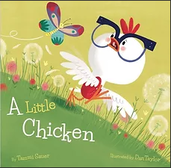 Author: Tammi Sauer What Captivates Me: she creates extremely lovable characters that we want to be friends with; their struggles are very relatable and they have true to kid emotions Example: check out A LITTLE CHICKEN, illustrated by Dan Taylor, Sterling 2019 She shares Dot’s story in such a sweet, fun, pun-ny way that remind readers it’s okay to feel chicken, and when you need to, you’ll be brave. And what a perfect name for this adorable main character who feels too small to be brave!
Now it’s your turn. What makes you fall for a book? How can you capture those tangible elements and infuse them into your own writing voice? I’m rooting for you. Maybe yours will be the next book that I fall for!
Happy Writing! -Katrina ✨ *More Resources For You: How To Get Six Pack by Tammi Sauer “You need to feed your muse and writing ability.” - Tammi Sauer https://taralazar.com/2018/09/26/how-to-get-a-six-pack-by-tammi-sauer-plus-a-giveaway/ Six Golden Rules for Writing Middle Grade: “See through their eyes, not yours.” -Erin Entrada Kelly https://www.writersdigest.com/write-better-fiction/6-golden-rules-of-writing-middle-grade How and When to Develop a Voice: https://literaryterms.net/when-and-how-to-develop-a-voice/
When she is not writing or teaching, she is cooking without a recipe, painting outside the lines, or snuggling up with her two kids, husband, pups, and of course, a cozy book. Connect with her on twitter @kmoorebooks or at www.katrinamoorebooks.com.
 By Katrina Moore Picture books, by their nature, are books in which the pictures tell as much (sometimes more, sometimes all) of the story as the words. When done well, this is why picture books are so magical. In 40 or less pages (mostly) and 500 or less words (usually) we are made to laugh, or cry, or wonder, and in the very best of cases . . . all of the above. So how do you craft such a magical marriage between words and illustrations? And how is this done if you are only the author? Let’s share some stellar examples:
Sometimes, the words are purposefully open to interpretation, like in SOMEDAY by Alison McGhee and Peter H. Reynolds: 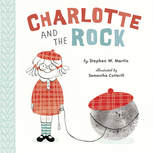 This can also lead to illustrations that amplify the drama and escalate the tension (and humor), like in CHARLOTTE AND THE ROCK by Stephen Martin Illustrated by Samantha Cotterill: Sometimes, the words are charged with emotion, leading to illustrations that are giggle-worthy, 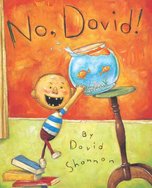 Sometimes, the words are super silly, and the illustrations create the perfect compliment,
Sometimes, the words are intended to be ironic (and if you are the author-only, this is an instance where you will want to include an art note), as in Cate Berry and Charles Santoso’s PENGUIN AND TINY SHRIMP DON’T DO BEDTIME, where the words say, In the above picture book examples, the words and art flow together fluidly, sometimes complimenting each other, sometimes elevating each other, sometimes opposing each other, and sometimes balancing each other so beautifully that the matches are seemingly made . . . in picture book heaven. So as you craft your picture books, think: How can I leave room for the illustrator? What purposeful word choices can I use to make a big splash? Happy Writing!✨ -Katrina  Katrina Moore writes and teaches in New Jersey. Earning her M.A. in elementary education, she has been a teacher for almost a decade in Maryland, Massachusetts, and New York. Her mission is to create books that children will hug for ages. Her debut picture book, ONE HUG, illustrated by the talented Julia Woolf, is a lyrical celebration of the different ways that hugs bring people together, forthcoming from HarperCollins/Katherine Tegen Books in 2019. Her second picture book, GRANDPA GRUMPS, illustrated by the amazing Xindi Yan, is a humorous and heartfelt story about a little girl, Daisy, and how she connects with her Chinese grandfather across cultures and generations, forthcoming from Little Bee Books in 2020. When she is not writing or teaching kids in elementary school, she is cooking without a recipe, painting outside the lines, or snuggling up with her two kids, husband, pomapoo pup, and of course, a cozy book. Connect with her on twitter @kmoorebooks or at www.katrinamoorebooks.com. By Katrina Moore Before I’m ready to send a manuscript to my agent, and even to critique partners, I go through rounds of self-revision. Over time, I’ve found myself asking the same questions over and over again (and asking the same questions to my critique partners when giving them feedback on their work), so I’ve compiled the questions into a revision checklist for myself. And now... I’m sharing it with you! Because I keep learning. And growing. And nothing helps me to learn more or grow faster than sharing what I’ve learned along the way. In this post, you’ll find essential questions to ask yourself as you revise your manuscript to make it the best that it can be. I’ve also included an example for each checkpoint using recently released (within the past 3 years), stellar picture books. Without further ado...here's the checklist: PICTURE BOOK REVISION CHECKLIST: 1) WHAT’S YOUR BOOK REALLY ABOUT? Write out the pitch. -What’s at the heart of this story? -What do I want this story to do? (Use this as a guide for revision)
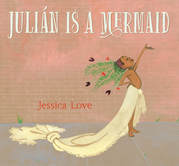 2) IS YOUR CHARACTER FULLY DEVELOPED? -Is this someone a kid can relate to? -Is there depth? -Why are we rooting for the main character? Interview your character and ask all sorts of questions. This is to inform YOU even though most of it won’t make it into the text. The better you know your character the better you’ll write your character, the more your character will feel real and we’ll care about your character. Example: Check out the first spread of JULIÁN IS A MERMAID by Jessica Love. In very few words, we know so much about Julián and we care about him. We’re immediately connected to his relationship with his abuela. Think about how much is not written in this text, but was necessary for the author to know in order to create such a powerful opening and introduction to the characters. 3) IS YOUR STORY TIGHT? Go through the story sentence by sentence, word by word. -Is this word/sentence serving the story? -Is it driving the plot? -Is it adding to character development? If the answer is no—cut! Example: Kelly DiPucchio and Greg Pizzoli’s DRAGON WAS TERRIBLE opens with: 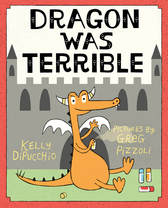 “Dragon was terrible. Naturally, dragons have a bit of terrible in them because they’re dragons after all. But THIS dragon here? Super terrible.” 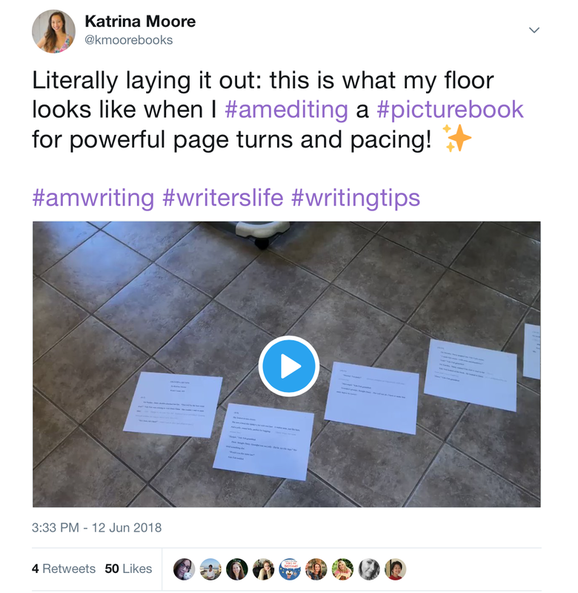 The first sentence here introduces us to the character and sets up the plot. Every word following this first sentence carries weight in establishing the narrative voice of the book, and also drives the plot by creating more tension. It engages what we already “know”—dragons are terrible. But this character is going to be even more terrible than those dragons we already know? Oh boy. As a reader, I’m eager to find out how bad this character is and what shenanigans he causes. How can he be that terrible?! See how she hooks us in with exactly the right words? 4) IS THIS PACED FOR A PICTURE BOOK? Paginate it (12 or 15 spreads). -Where do you envision the page turns? -Does it end at a surprising moment? -Are we holding our breath? -Is there tension and build up? Here’s what it looks like when I lay out a picture book: Example: Check out this spread from Ame Dyckman and Scott Magoon’s MISUNDERSTOOD SHARK: 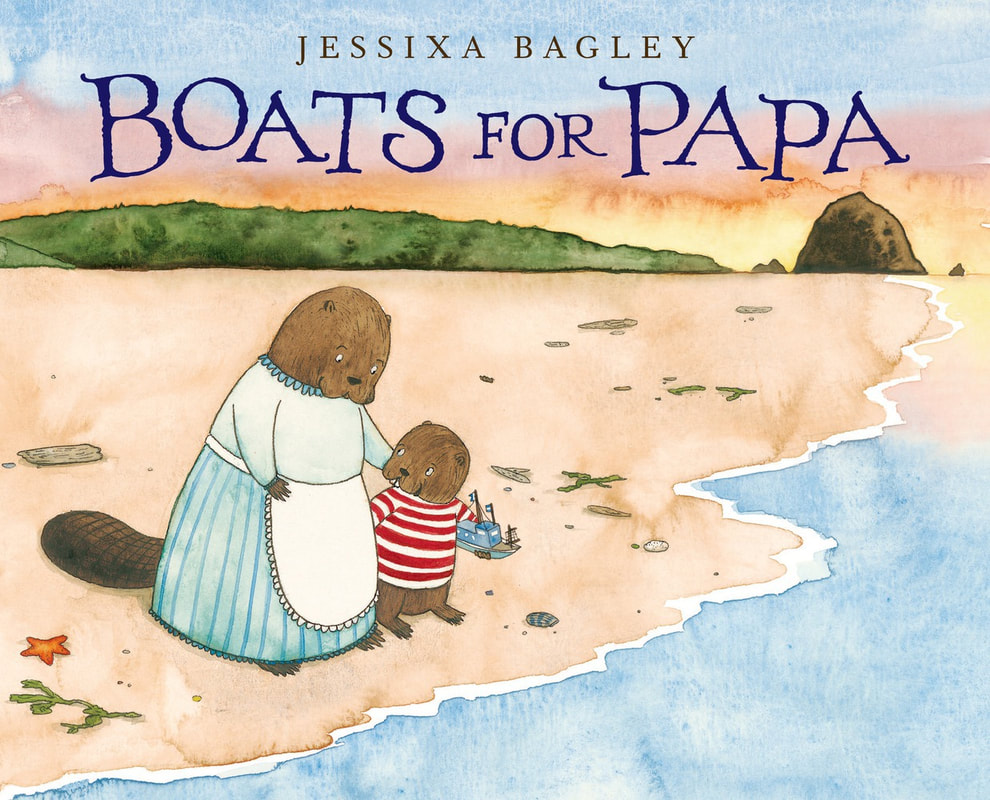 What is Shark’s excuse? I’m curious to find out. I am holding my breath. And I’m wondering, Will I believe him? I have to turn the page to find out. Since there is a literal pause that takes place when a picture book is being read aloud and the page turns, it’s beneficial to maximize the effect of those page turns. 5) DOES THE STORY FEEL RESOLVED? -Was it logical but surprising? -Are we satisfied? Example: In BOATS WITH PAPA by Jessixa Bagley, Buckley carves beautiful boats and sends them out to sea in hopes that they reach his papa, who he misses very much. I won’t give away the ending, because it’s so beautiful and you have to check it out for yourself. It feels inevitable—you know it’s coming, and yet, there's still a twist that's so heartwarming it brings me to tears everytime I read it (which at this point, is close to 100 times, if not more). 6) IS IT MARKETABLE? -What are the recent comparable titles? -How is yours fresh from these? -Why would a kid love this book? -What are the universal truths/emotions/themes that readers will connect with? (these should be in and match the pitch) Example: Check out BACK TO SCHOOL WITH BIGFOOT by Samantha Berger and Martha Brockenbrough, Illustrated by Dave Pressler. 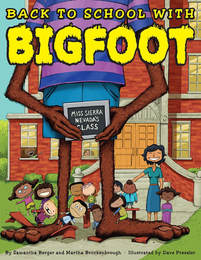 It takes a familiar theme, starting school jitters, and makes it fresh (and funny) by making it about Bigfoot, which is a high interest, intriguing subject for kids (and adults). How does Bigfoot feel about starting school? What would he worry about? There’s tons of kid appeal here! (*More on the marketability of your picture book in this post.) Now it’s your turn! Does your picture book check the list? Happy writing and revising! ✨ -Katrina  Katrina Moore writes and teaches in New Jersey, outside Philadelphia. Earning her M.A. in elementary education, she has been a teacher for almost a decade in Maryland, Massachusetts, and New York. Her mission is to create books that children will hug for ages. Her debut picture book, ONE HUG, illustrated by the talented Julia Woolf, is a lyrical celebration of the different ways that hugs bring people together, forthcoming from HarperCollins/Katherine Tegen Books in 2019. The book follows an Asian-American boy as he and his family prepare to welcome their immigrant relatives.When she is not teaching elementary kids or writing, she is cooking without a recipe, painting outside the lines, or snuggling up with her two kids, husband, pomapoo pup, and of course, a cozy book. Connect with her on twitter @kmoorebooks or at www.katrinamoorebooks.com. 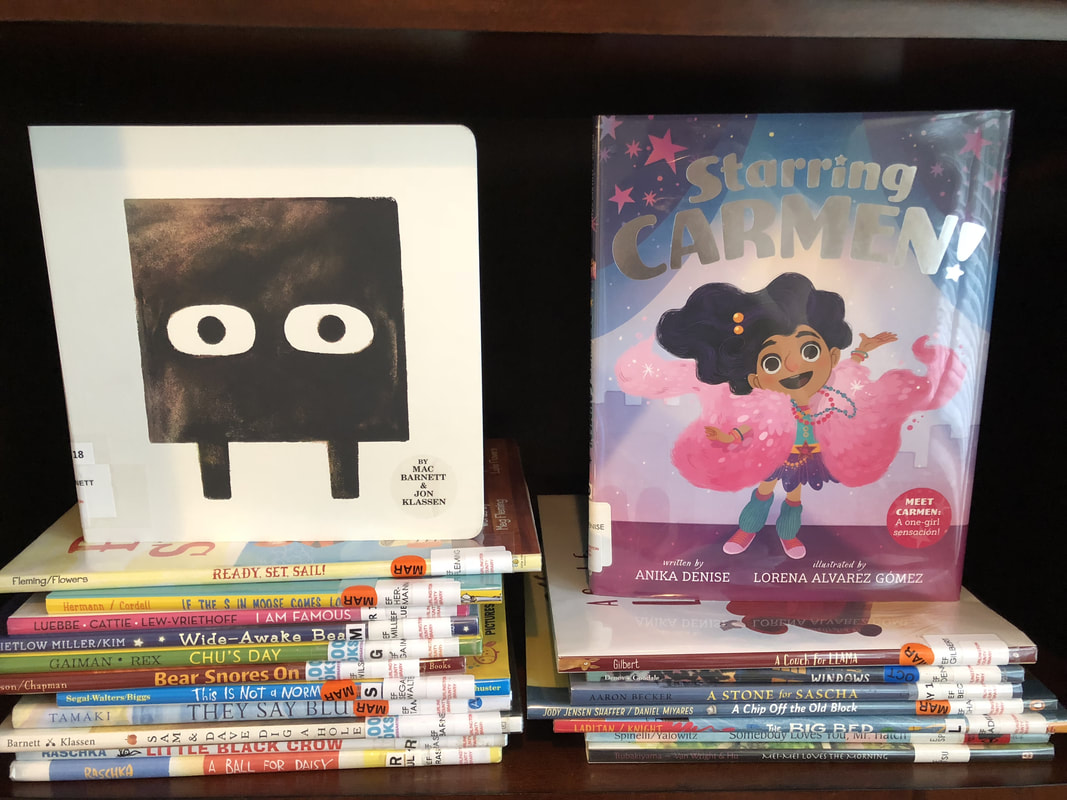 This is what my weekly library haul looks like. Between being a writer, a elementary teacher, a mother to 2 young kids, and a lover of picture books, I read an average of 20-30 picture books a day. Many of them MORE than once. That’s more than 9,000 picture books a year! This is what my weekly library haul looks like. Between being a writer, a elementary teacher, a mother to 2 young kids, and a lover of picture books, I read an average of 20-30 picture books a day. Many of them MORE than once. That’s more than 9,000 picture books a year! By Katrina Moore If you want to write picture books, you have to read picture books. Hundreds. Thousands. Hundreds of thousands of picture books. As debut author Cate Berry eloquently says on the Cynsations Blog: “Picture books are like learning a new language. There is a rhythm, a vibe, and implicit rules are attached to the form. Taking a class or reading a craft book is great, but reading a heap of picture books is even better.” But if you’re a writer, it’s not enough to read picture books. You must study picture books. What’s working? What’s Fresh? Why do you love it? Here’s how I studied two recently released picture books in 3 parts: 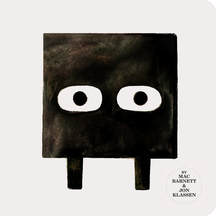 PART I: Summarize First, I read the book as a reader. If I really enjoyed the book, then I jot down some summary* points: Premise: (Who/what’s this about and what’s their goal?) Square is trying to make something for Circle that’s as perfect as Circle is. Inciting Incident: (What happens to set the story in motion?) Circle sees the “sculpture” that Square “made” and insists he makes one for her. Resolution: You’ll have to check it out yourself !:-) *Acclaimed author Arree Chung has a great method for studying picture books (& more) that he shares in his Storyteller Academy Class. Part II: Analyze Then, I think about how this picture book works as a marketable product for the intended audience. *Remember, picture books are unique in that you have 2 audiences in mind (the child and also the adult reading to the child): What’s working? The story structure is familiar, but it’s suspenseful from the inciting incident. As a reader, I’m wondering, how will Square solve this? He’s unprepared for it! Oh, the pressure!! I can feel the tension. There’s logic. Everything make sense for this abstract world. I’m not spending my time questioning or second guessing anything that distracts me from the narrative. It’s deceptively simple! There’s a lot of room for the reader to fill in the blanks. What’s fresh? What I love about this book, and really all books by Mac Barnett and Jon Klassen, individually and together, is that they both respect the child reader and her/his intelligence. SQUARE allows big conversations and a lot of thinking to happen. The takeaway is so subtle and it’s open to interpretation. Why did I love it? This book is so funny! There’s sparse text and very specific word choice, such as “Oh crumbs!” and “Oh dirt!” The art is genius. Jon Klassen is able to convey so much emotion from these characters using only their eyes. I was emotionally invested in Square’s “journey.” His problem was relatable, and the way the page turns built up tension was extremely satisfying. On spread 26-27, Square says, “I Must stay up all night and figure this out!” And when I turned the page, I burst out in laughter. All that built up tension was comically deflated in a very enjoyable way. Part III: Storyboard Finally, because I am fascinated with the picture book design and story structures, I like to flip back through the pages (starting from when the story begins) and break down how many spreads are dedicated to each part of the story arc**: Set up: 5 spreads Escalation: 7 spreads Climax/Low Point: 2 spreads Resolution: 3 spreads Wink: 1 spread **For more on storyboarding a picture book, see Steph Lurie’s interview on Picture Book Builders. (Note that this will work with narrative picture books, but not others, such as concept books.) 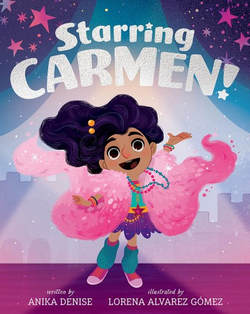 STARRING CARMEN! Written by Anika Denise Illustrated by Lorena Alvarez GÓmez (Abrams Books For Young Readers, 2017) Part I: Summarize
Premise: (Who/what’s this about and what’s their goal?) Carmen is a star, a one-girl sensaciÓn! But how will the show go on when the audience needs a break from show business? Inciting Incident: (What happens to set the story in motion?) Carmen’s little brother, Eduardo, asks if he can be in her show. Resolution: You’ll have to check it out yourself ! :-) Part II: Analyze What’s Working? This story is paced well (see Part III) and gives us insight into Carmen’s world. From the catchy title and bright, colorful cover, I’m intrigued! I know this is going to be about Carmen. She is a star! I want to know more. What makes her a star? What happens when she’s not a star? It’s a character I want to know more about. What’s fresh? While there are many sibling stories, this one stars Carmen! It’s her perspective, her world, her stage. The narrative voice is strong and thus, we are immersed in Carmen’s world from start to end. Why did I love it? Carmen has universal appeal and yet, she’s so uniquely her own. She’s sassy, a bit devious, and loves her little brother. I saw myself as an older sister in Carmen, and myself as a younger sibling in Eduardo. I also loved that this book stars a girl from a marginalized background that we don't often see in a starring role. We get a glimpse into this loving family’s life and learn some new spanish words throughout that adds fun flair to this charming story. And the last spread had me giggling. Part III: Storyboard Set up: 3 spreads Escalation: 4 spreads Climax/Low Point: 3 spreads Resolution: 4 spreads Wink: 1 spread Now it’s your turn! Pull out that picture book manuscript you’ve been polishing. Summarize it. Analyze it. Storyboard it. What’s working? What’s fresh? Why will a reader love it? In a future post, I’ll dive more deeply into revision. Until then, happy reading (and studying) and writing!✨ |
AuthorKatrina Moore is an author and former elementary educator. She writes in Georgia. where her mission is to create books that children will hug for ages. She's the author of ONE HUG, GRANDPA GRUMPS, SOMETIMES LOVE, GRUMPY NEW YEAR, HOPE IS A HOP, and the forthcoming CHANG'E ON THE MOON (HarperCollins, 2024), and THE STAR IN YOU. (RBP/Macmillan, 2024), as well as the humorous TEENY HOUDINI chapter book series, starring the magic-loving, mischief-making Bessie Lee, and more. Connect with her on twitter! Freelance EditorKatrina has professionally critiqued over hundreds of picture book manuscripts at writing conferences she has presented at, through her work as a council member, mentor, and presenter for the Rutgers One-on-One-Plus conference, as a Critique Ninja, and through her freelance editing services. Her editorial work and services, attention to detail, and ability to bring manuscripts to the “next level” have been highly praised by editors, agents, published authors, and those receiving critiques. For more details, and to inquire about rates, contact Katrina.
Archives
November 2023
Categories
All
|
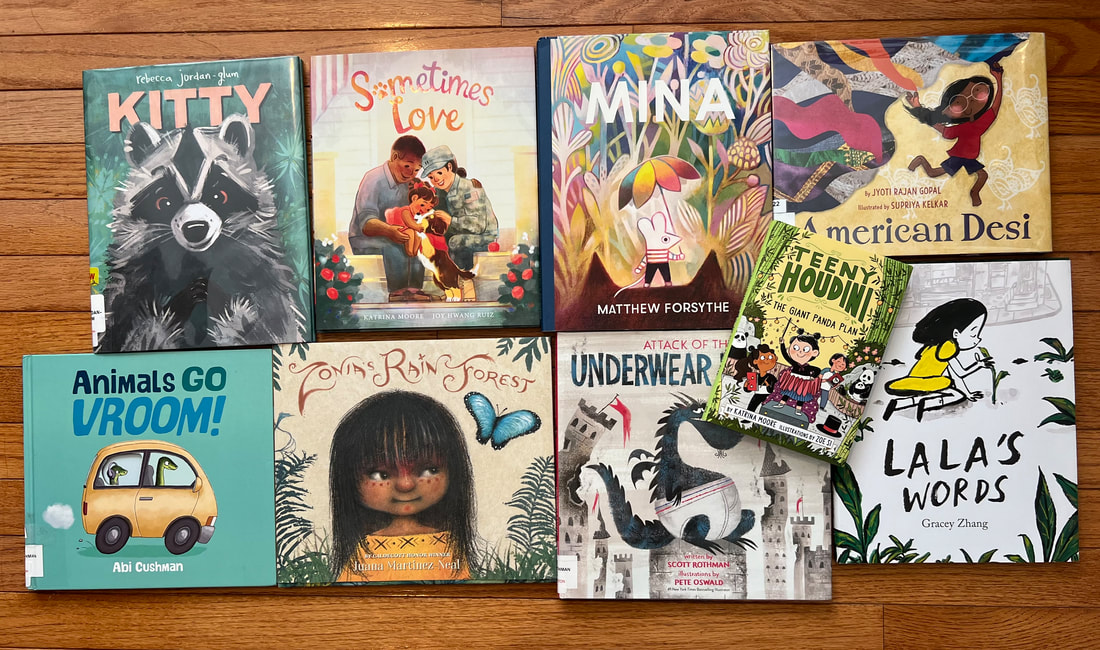
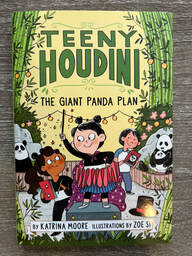
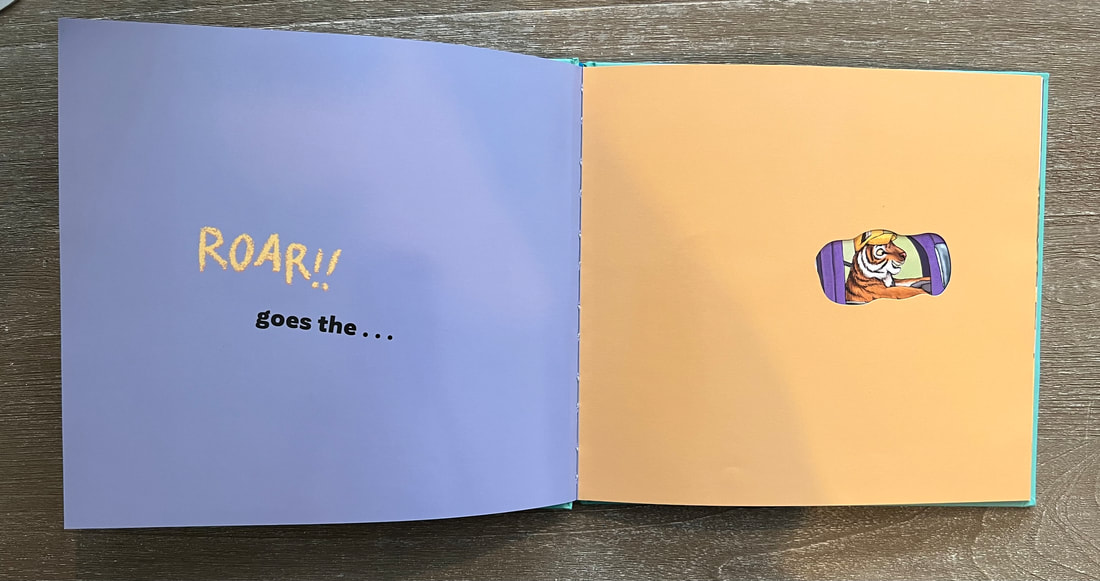
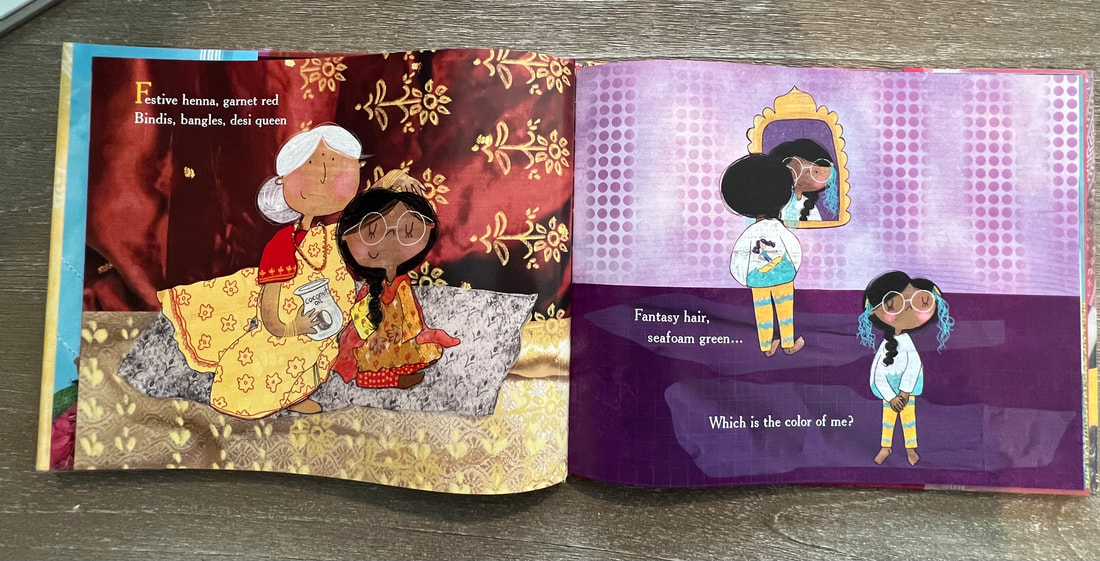
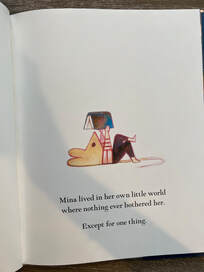
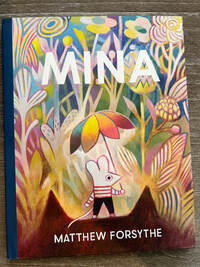
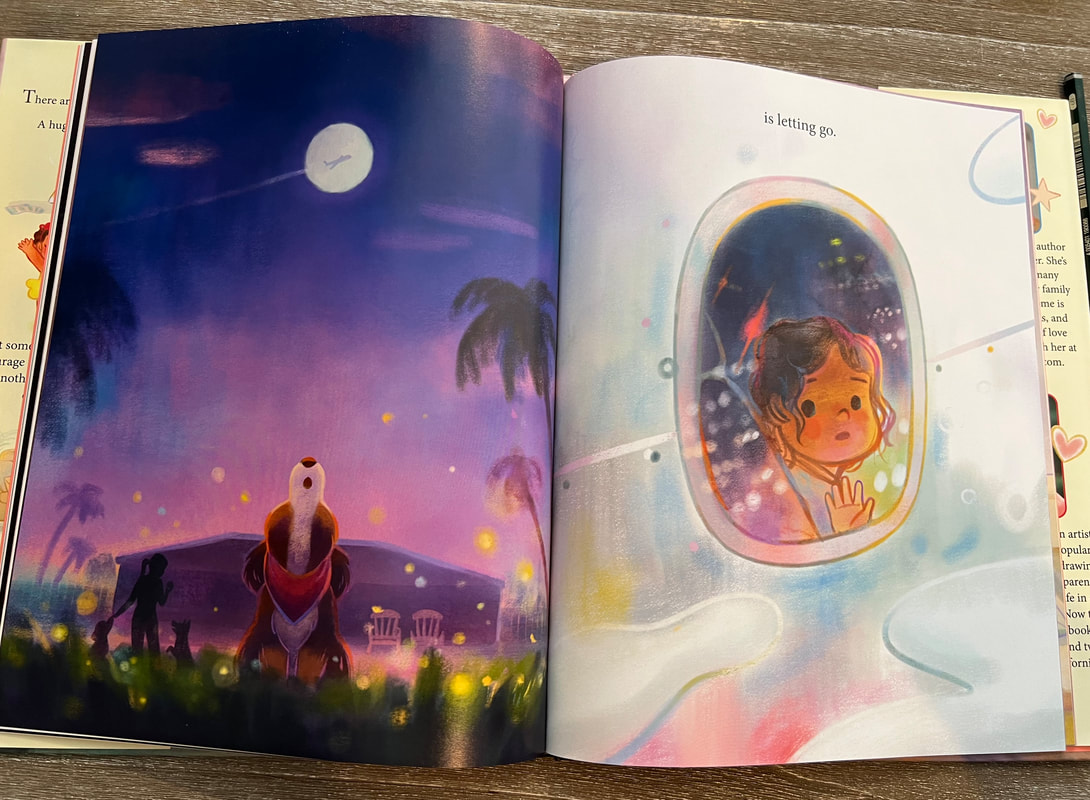
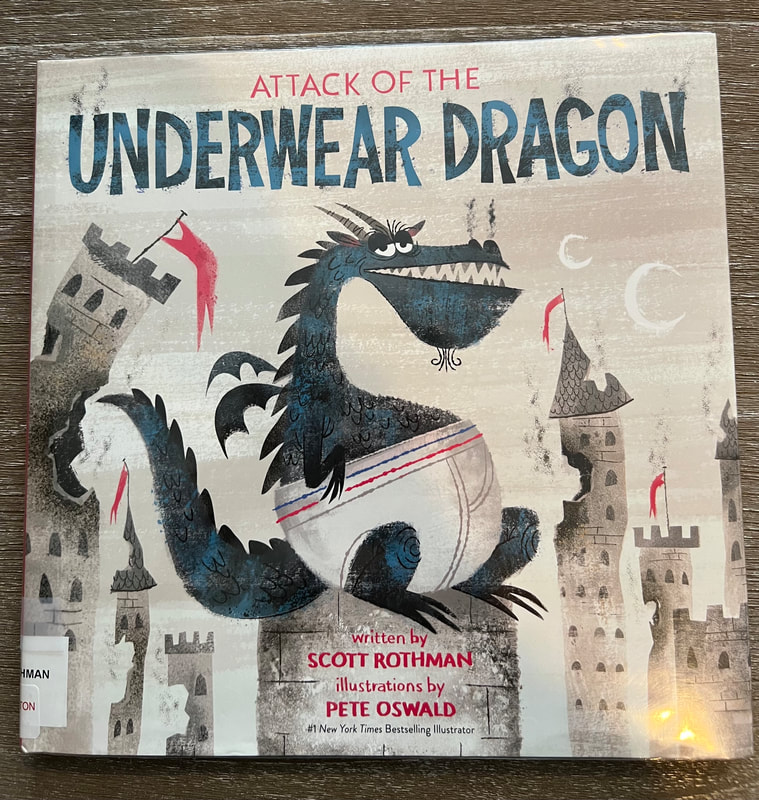
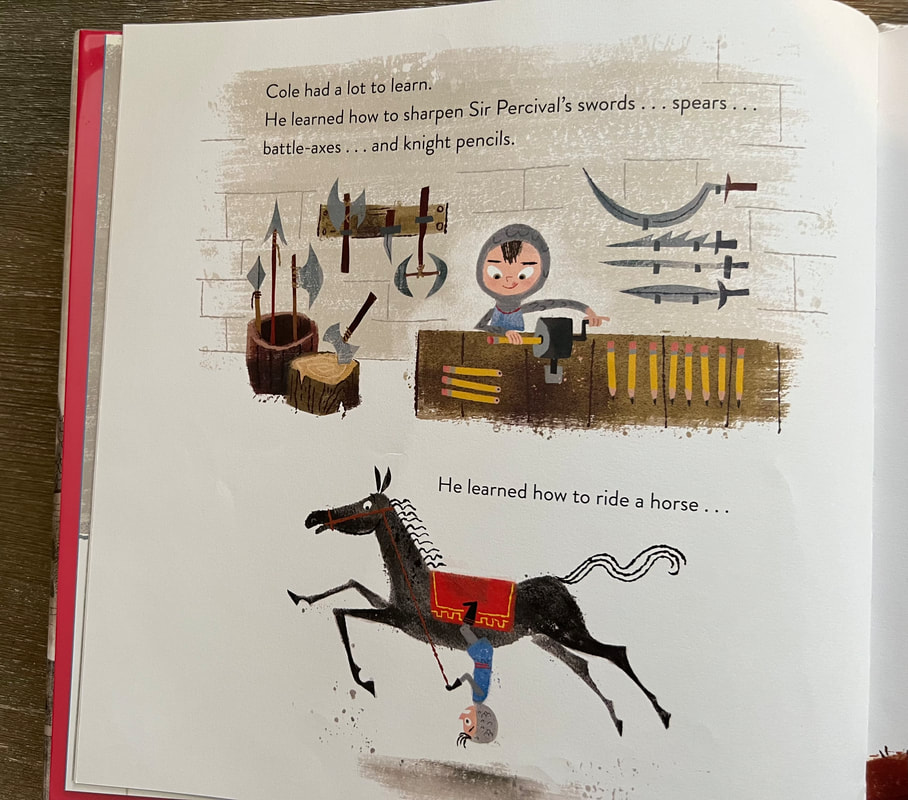
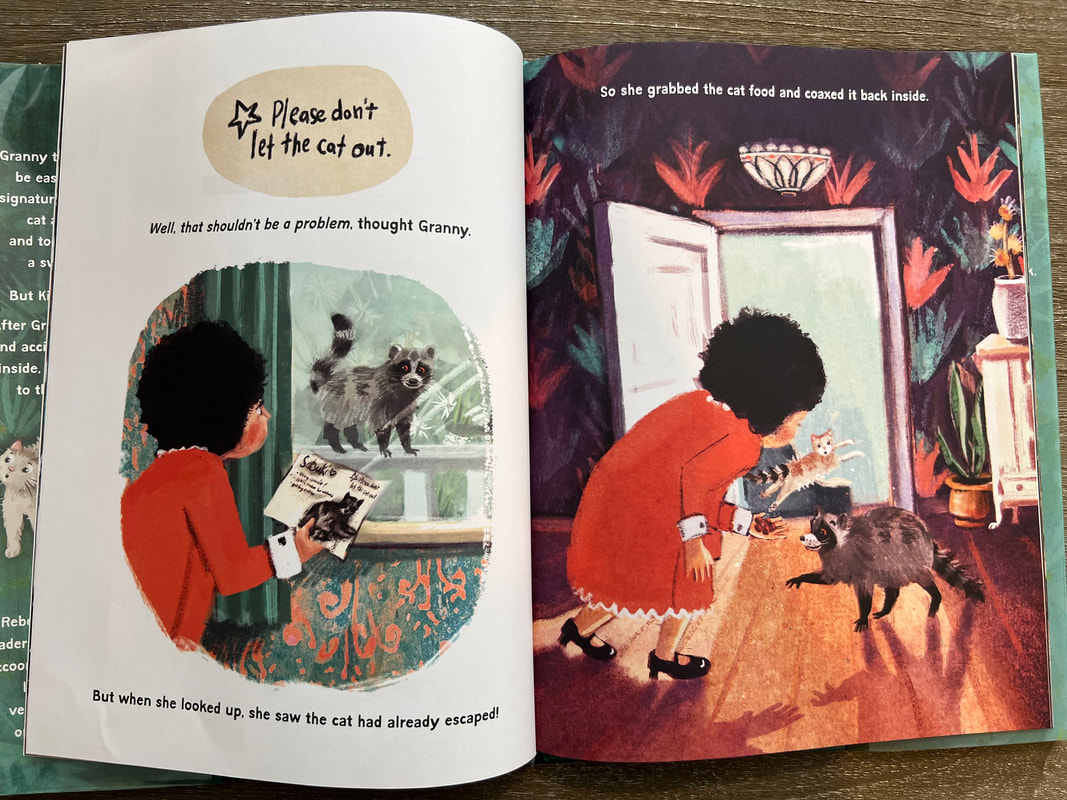
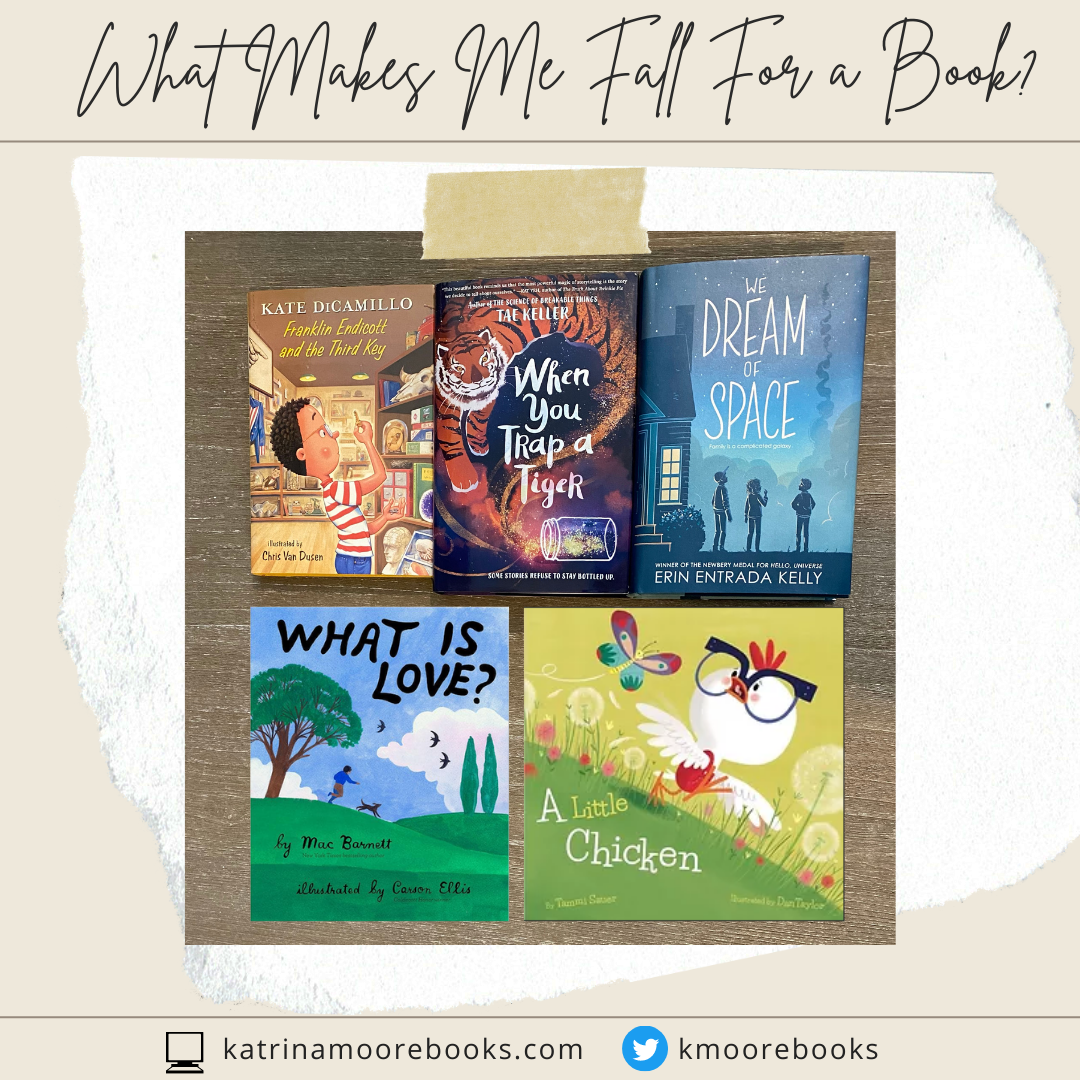
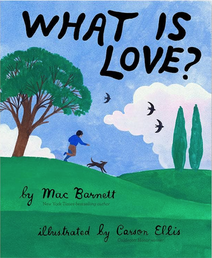

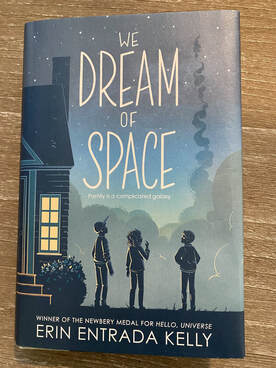
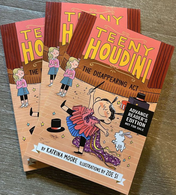

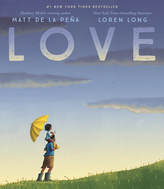
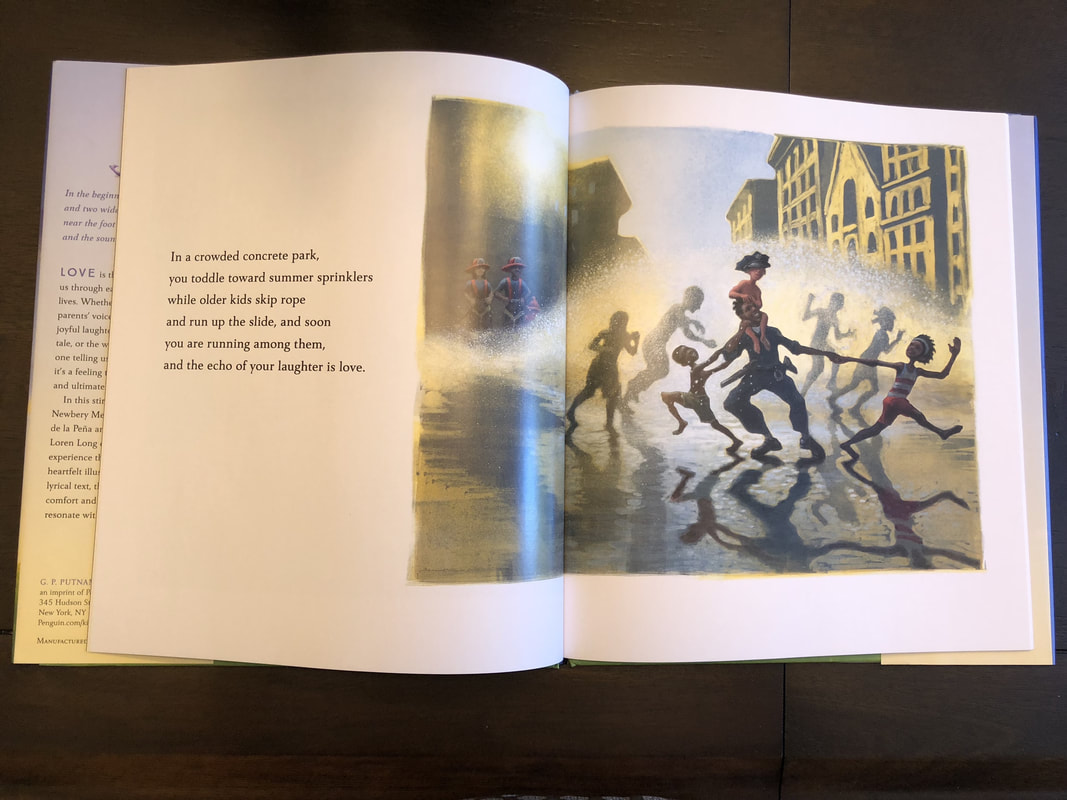
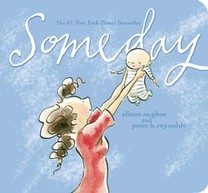
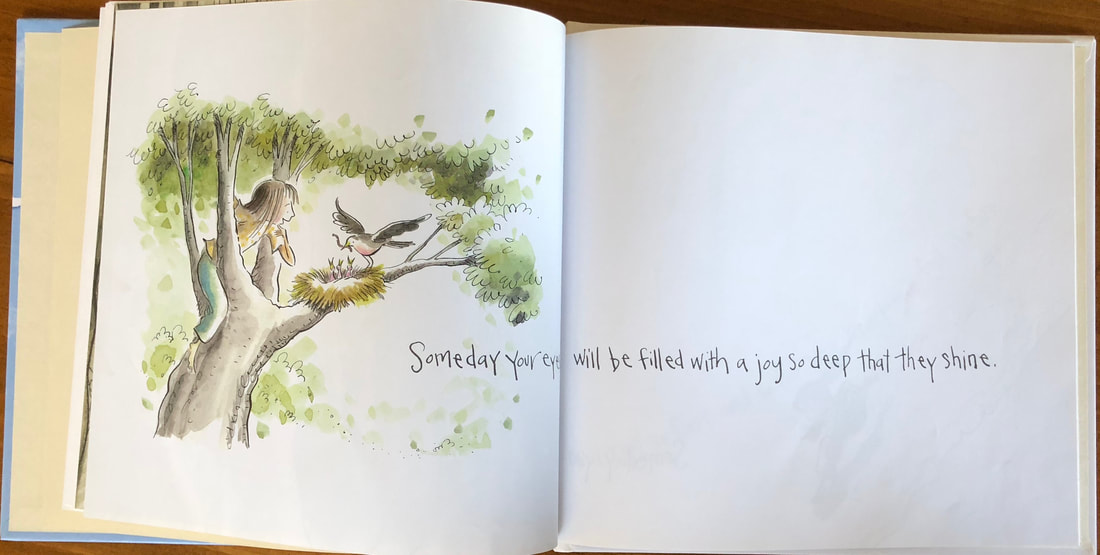
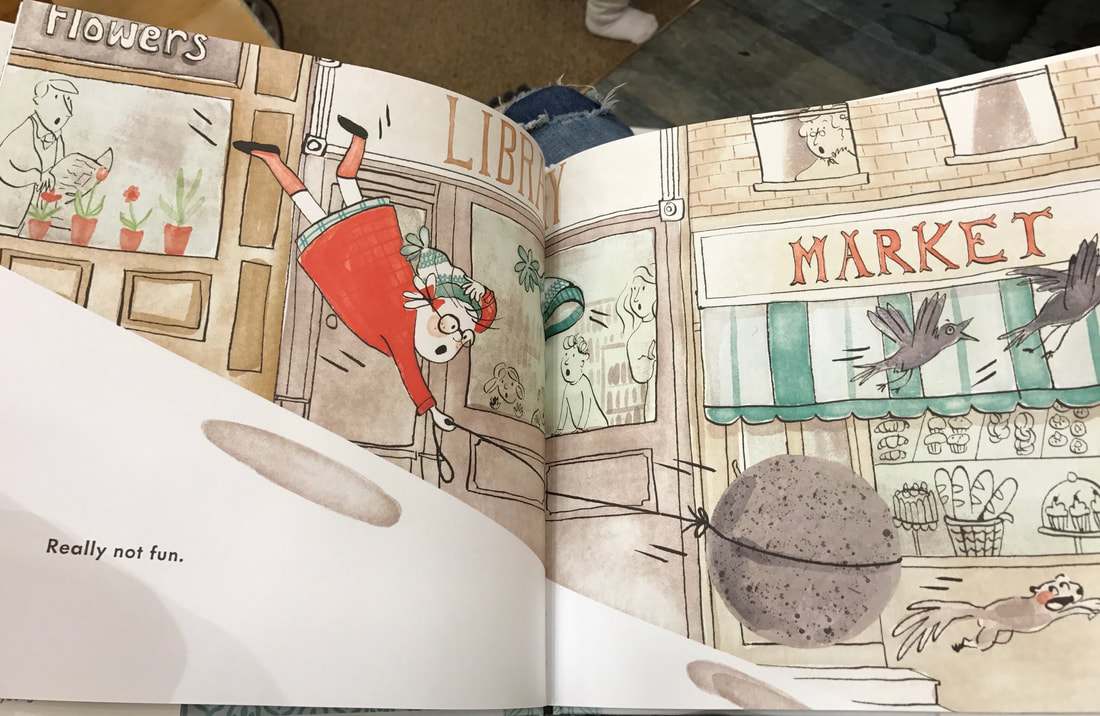
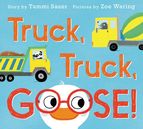
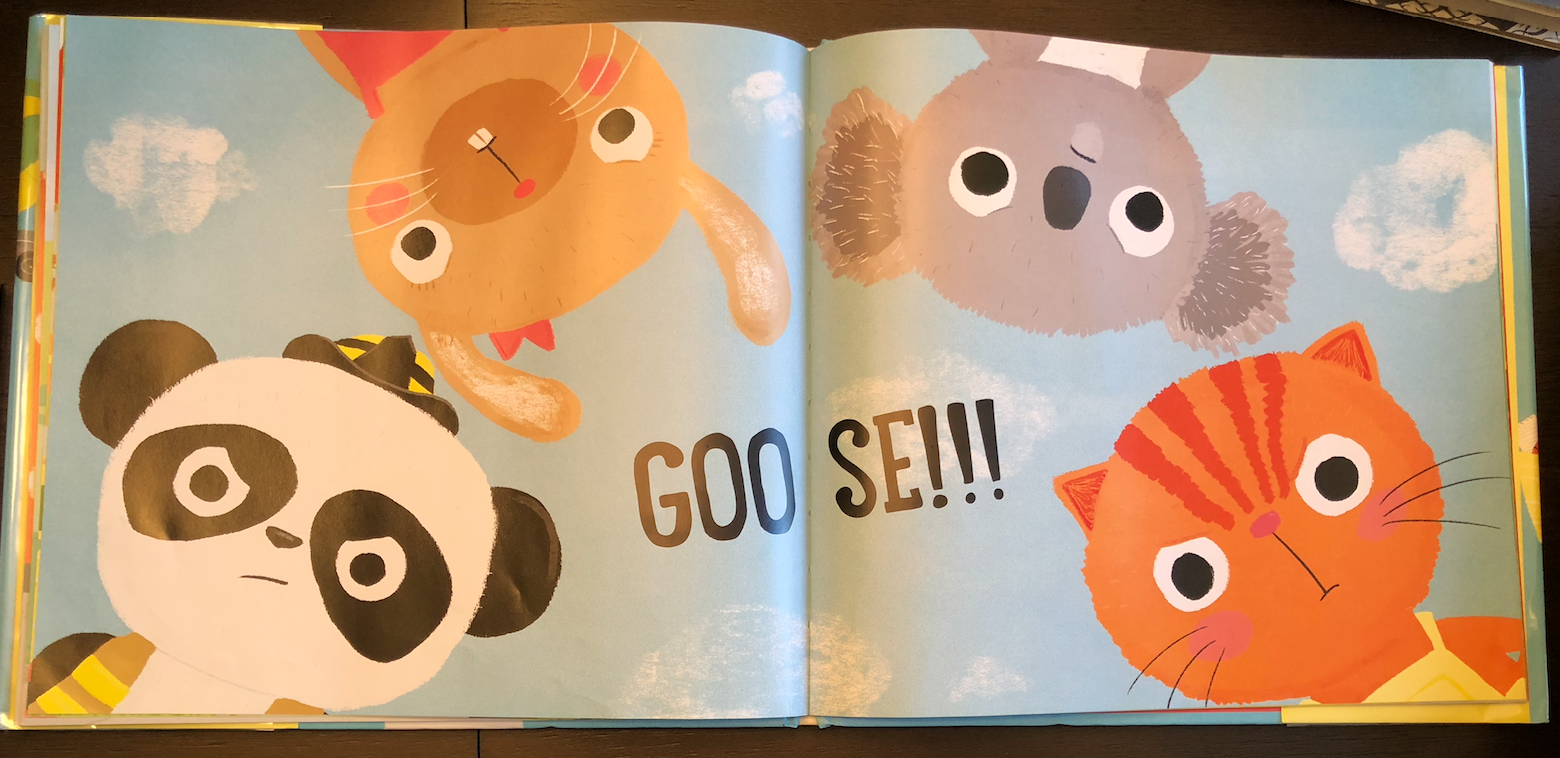
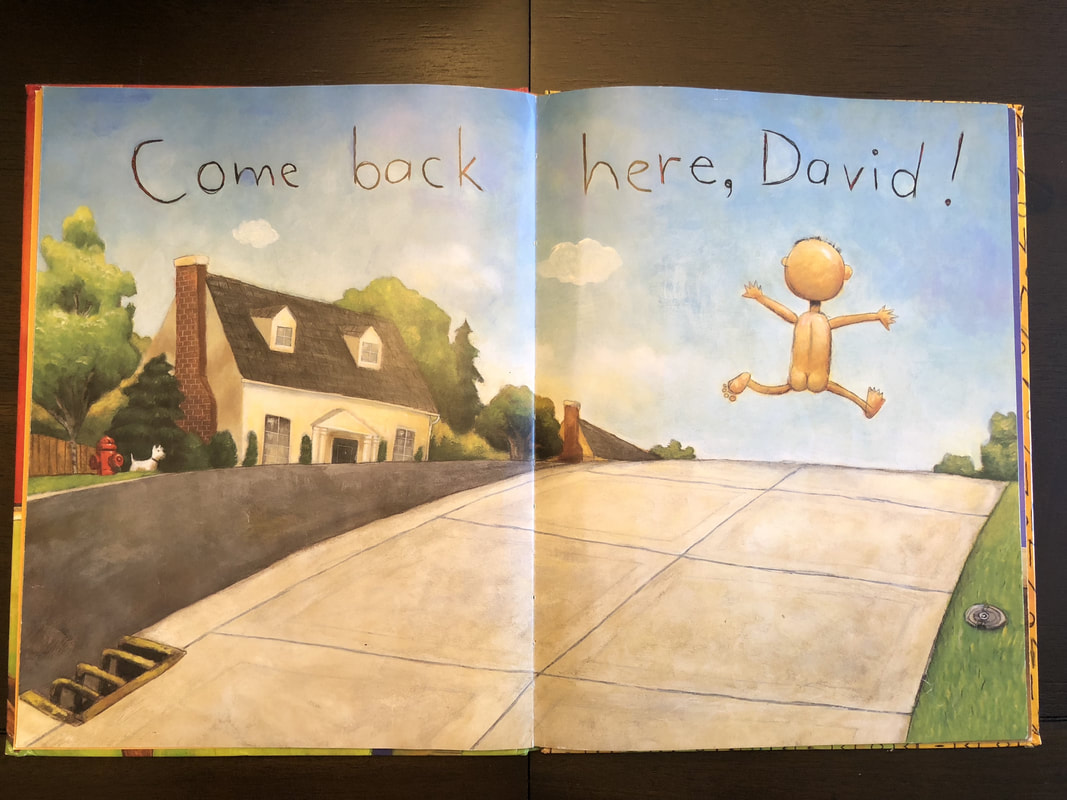
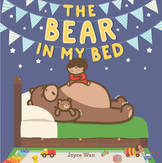
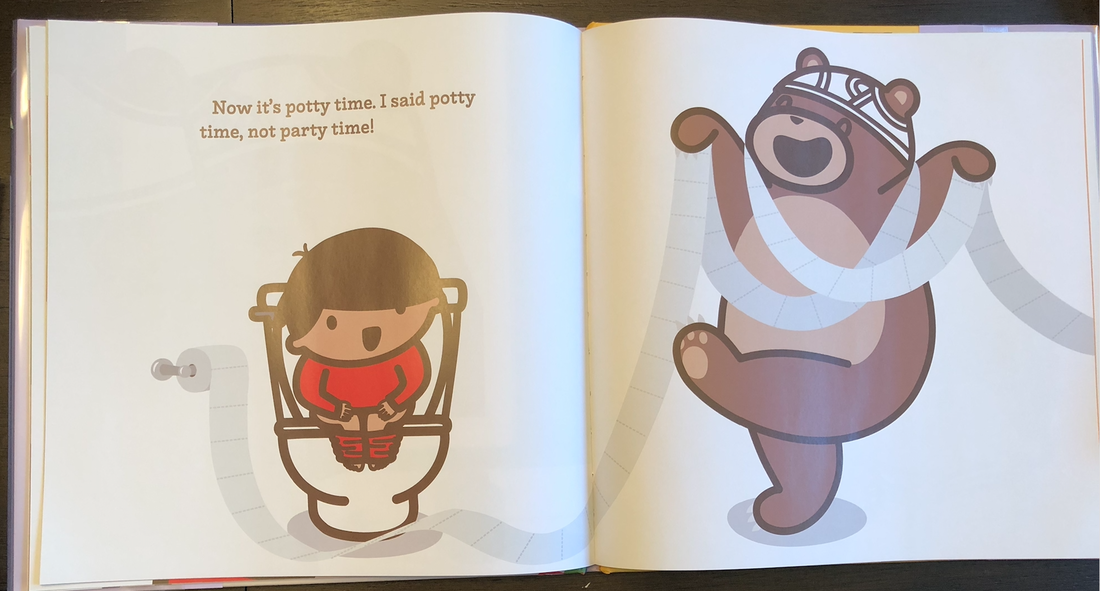
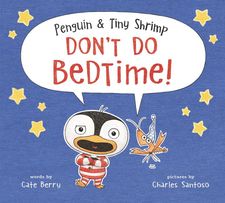
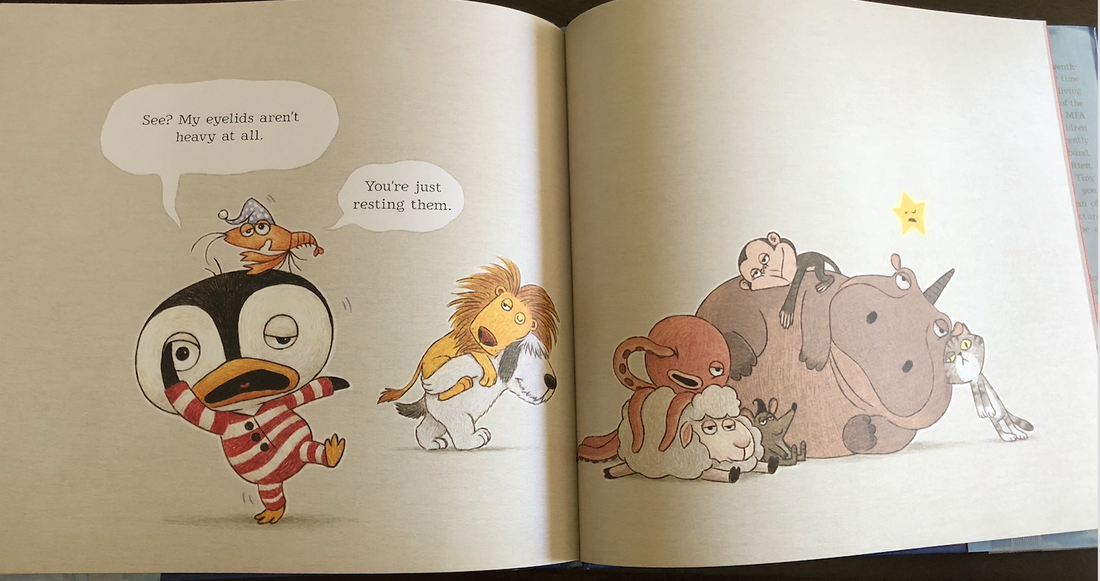
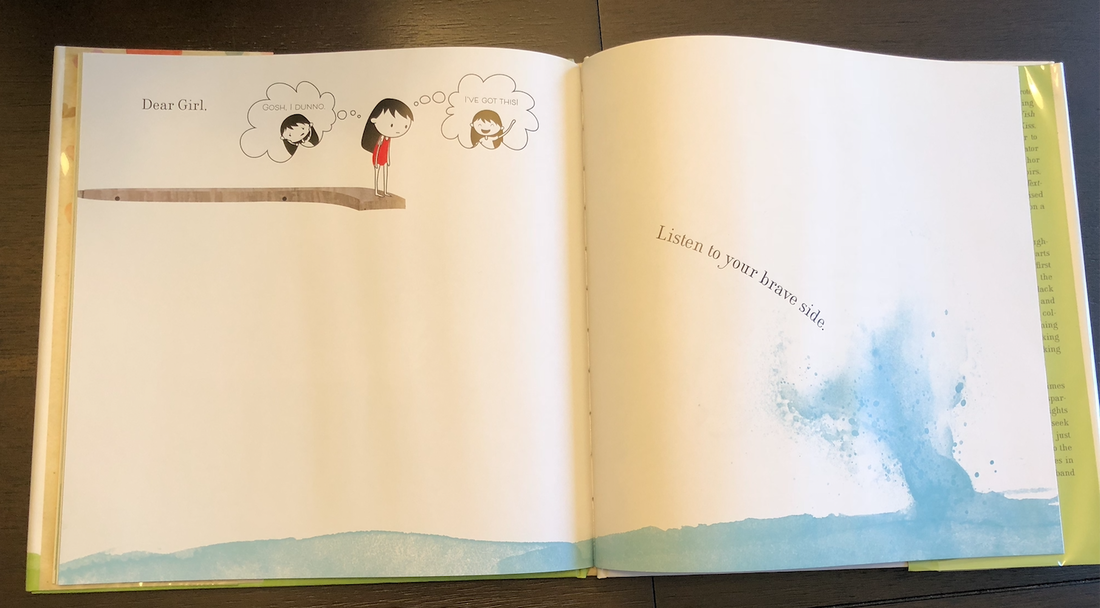
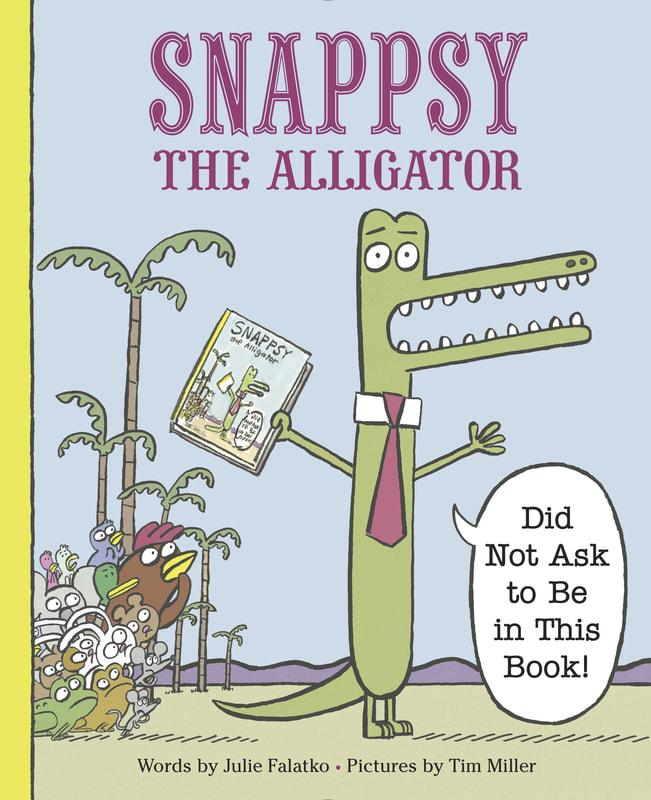
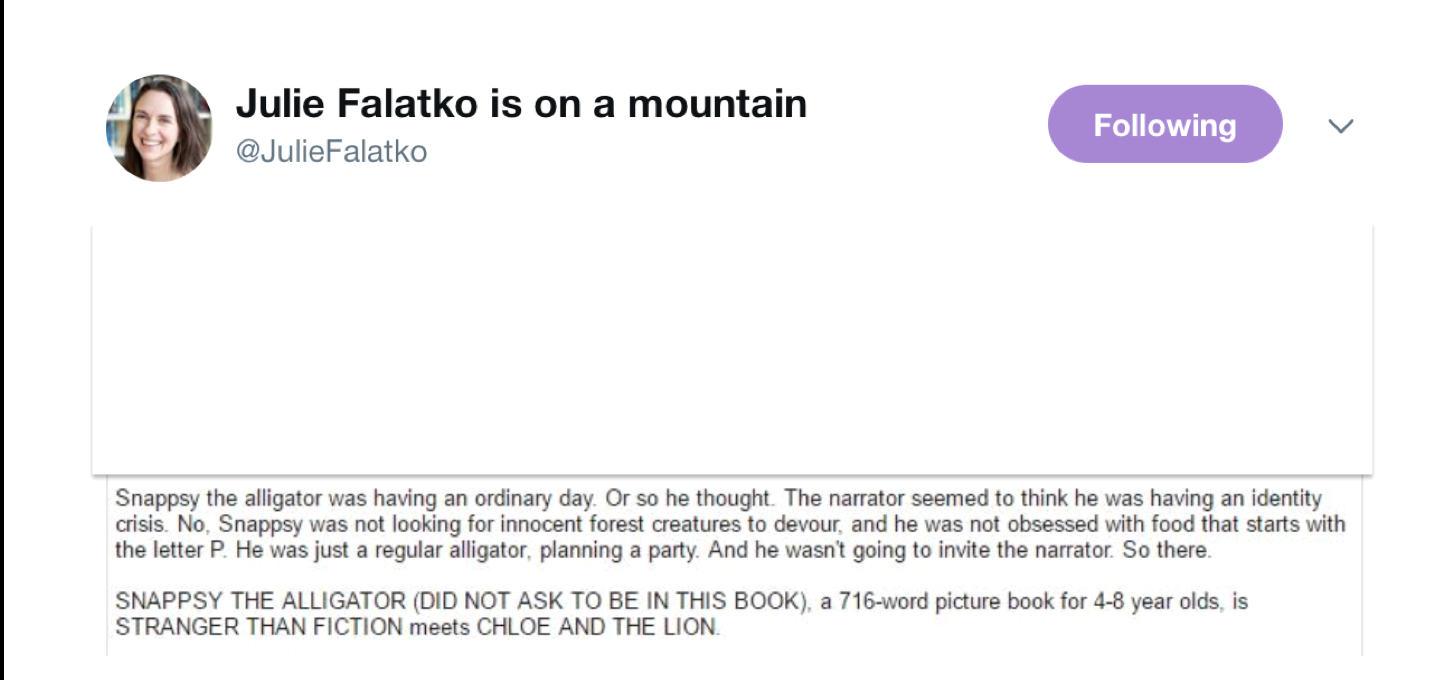

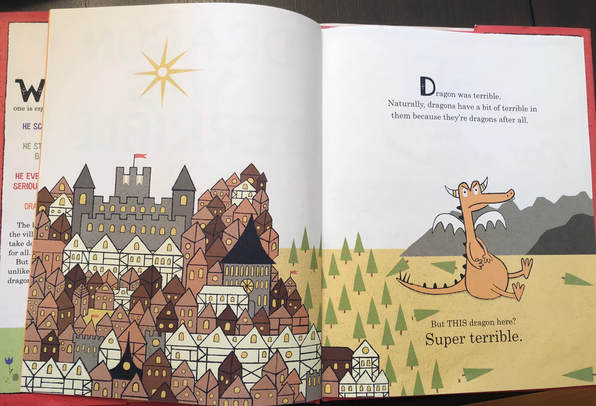
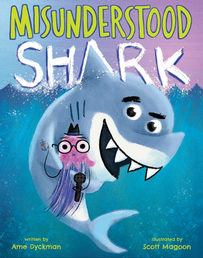
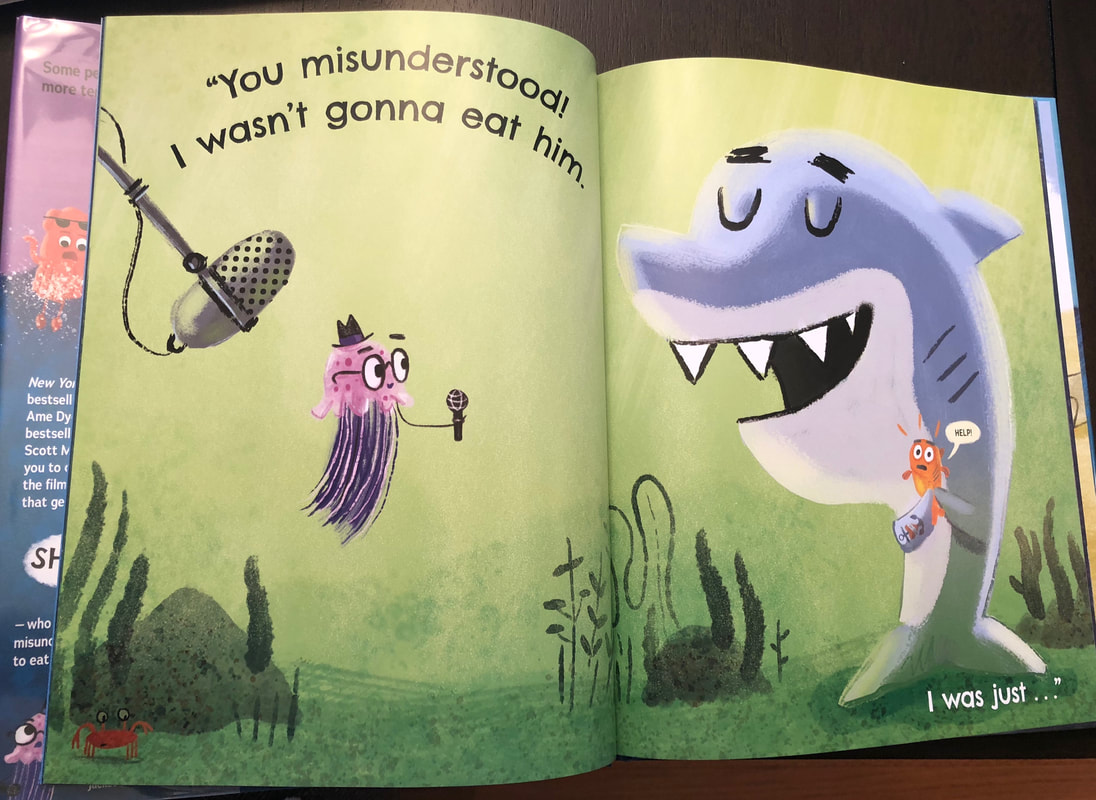
 RSS Feed
RSS Feed